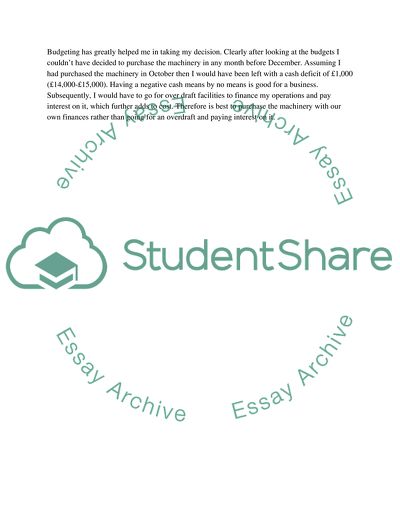Managing Financial Resources and Decisions Essay - 4. https://studentshare.org/finance-accounting/1755974-managing-financial-resources-and-decisions
Managing Financial Resources and Decisions Essay - 4. https://studentshare.org/finance-accounting/1755974-managing-financial-resources-and-decisions.


